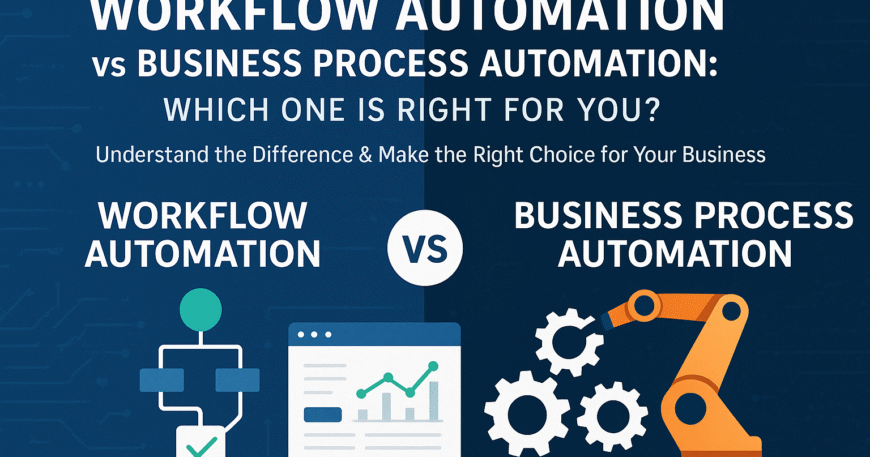Best AI/ML Development Company in India
Best AI/ML Development Company Updated Date: Aug 06, 2025 Written by Mehak Mahajan Table of Contents Every algorithm tells a story of data, decisions, and destiny! Let us craft an algorithm for your company. ‘Hey Siri, remind me to call my mom at 5 PM, Done! Will remind you at 5 PM.” Now you might be wondering about this conditioning. So I will tell you it is not just the use of AI but also ML, which is contextually smart and intelligent. From autonomous chatbots to predictive analytics, artificial intelligence, and machine learning, these AI-driven algorithms are ruling the business world efficiently. Whether it is about fraud detection or hyper-personalized marketing, AI/ML has the capability to bring a paradigm shift in businesses. Today, businesses are leveraging machine learning (ML), computer vision, natural language processing (NLP), and generative AI for driving technical innovation. India has emerged at the forefront of innovation based on artificial intelligence. From AI-powered automation to integrating these intelligent solutions into finance, healthcare, logistics, and retail. The global AI market is expected to grow by 25 to 30 percent by 2027. In India, companies are investing in AI and ML up to USD 150 billion by June 2025. The IndiaAI mission and expansion in technology are redefining the AI operations and deliverables. The prospects of innovation revolve around generative AI, neural networks, and natural language processing. If you are looking for the Best AI/ML development company in India, then this blog is for you. By the end of your read, you will be ready to make informed yet strategic decisions. Factors responsible for choosing the Best AI/ML Development Company There are several factors that are responsible for selecting the best AI/ML development company in India. The balanced approach and harmony in algorithms and technical innovation are responsible for the success of the business. Choose the best AI/ML development company in India based on the following factors: optimal years of experience, employee strength, portfolio, number of satisfied clients, number of successful deliverables, awards and recognition, and client rating. The in-depth knowledge of NLP, deep learning, computer vision, and LLM-powered solutions is playing a vital role in selecting the right partner. The real-world case studies and the R&D capabilities of Innovatrix Infotech Private Limited make it the best AI/ML development company in India. The AI-driven practices of our company, such as compliance readiness, explainable ML, federated learning, and the secure innovation model, highlight the long-term vision of AI and ML. Top AI/ML Development Company in India Innovatrix Infotech Private Limited The most trusted and best AI/ML development company in India, Innovatrix Infotech Private Limited, offers high grade solutions for businesses. AI and ML developers at our company have been enriched by valuable experience and knowledge. The core capabilities of Innovatrix Infotech Private Limited’s developers encompass optimal command over TensorFlow, AWS, Azure, OpenAI, Cognitive services, Google, etc. Apart from this, the AI professionals at Innovatrix Infotech Private Limited bring experience in natural language processing, neural networks, large language models, and computer vision. The confluence of visionary approach and engineering precision gives strength to the AI solutions. The data strategy, model prototyping, deployment, and operational maintenance by our experts are exceptional. Innovatrix Infotech Private Limited holds expertise in integrating AI with business-specific KPIs, delivering results in healthcare, finance, retail, and logistics. Their expertise extends to automated training pipelines, secured version control, continuous model delivery, and disciplined MLOps. The valuable expertise of Innovatrix Infotech Private Limited is offering a consultative stance, AI strategy audits, blueprint development, etc. Book Your Free AI strategy session for deeper collaboration! Tata Consultancy Services (TCS) TCS is a renowned AI/ML development company in India. The perfect blend of cognitive automation and machine learning provides it with an upper edge in the technical ecosystem. The Ignio™ is the automation platform of TCS, which helps businesses to drive growth and transformation significantly. AIOps and ontology reasoning are boosting the technical transformation effortlessly. TCS has seen tremendous growth in the AI/ML market and reported up to more than 50% faster issue resolution. The complex IT environment gets refined with the automation software. With the deployment across various platforms such as banking, utilities, or larger enterprises, the TCS is solving the real-world challenges with ease. eflair.ai eflair.ai is the top AI/ML development company in India, focused on transforming business operations with AI. They are predominantly working on empowering businesses to drive digital growth. The team of passionate developers at eflair.ai is continuously pushing beyond the boundaries. The eflair.ai team of experts is committed to delivering high-quality, reliable, and scalable solutions. They are evolving with the change in business paradigms. eflair.ai holds specialization in AI-powered applications, web and mobile applications, and SaaS platforms, and focuses on solving real-world problems. Wipro Wipro AI strategy revolves around its ai360 framework and HOLMES cognitive automation suite. The deployment of tools enriched with AI helps more than 450 enterprises. The productivity and document intelligence gained momentum of more than 30 percent. The global partnerships of Wipro with IITs and MIT are continuously pushing the blanket of AI innovation. In addition, the Wipro Enterprise Generative AI studio (WeGA) is helping businesses to operationalize a production-ready ecosystem. The real-time updates, personalized insights, client relationships, and productivity are nurtured with Wipro’s AI strategies. The intelligent and autonomous AI solutions are redefining the domain of technical development. Tech Mahindra Tech Mahindra has launched AI-powered automation solutions such as TACTiX and GAiA that are redefining digitalization. TACTiX is driving the efficiency of telecom, retail, and finance in the most streamlined manner. GAiA is enhancing the customer experiences through the effective use of conversational AI. The collaboration of Tech Mahindra with Nvidia gives momentum to edge-based AI and GenAI lab deployment. Tech Mahindra exemplifies the innovation and reliability of businesses. The secured and scalable AI harness with Tech Mahindra’s innovative services. Their vision is AI Delivered Right, which empowers businesses with custom-rich solutions. From predictive analytics to intelligent automation, everything is enhanced with Tech Mahindra’s AI solutions. Zensar Technologies Zensar Technologies is




